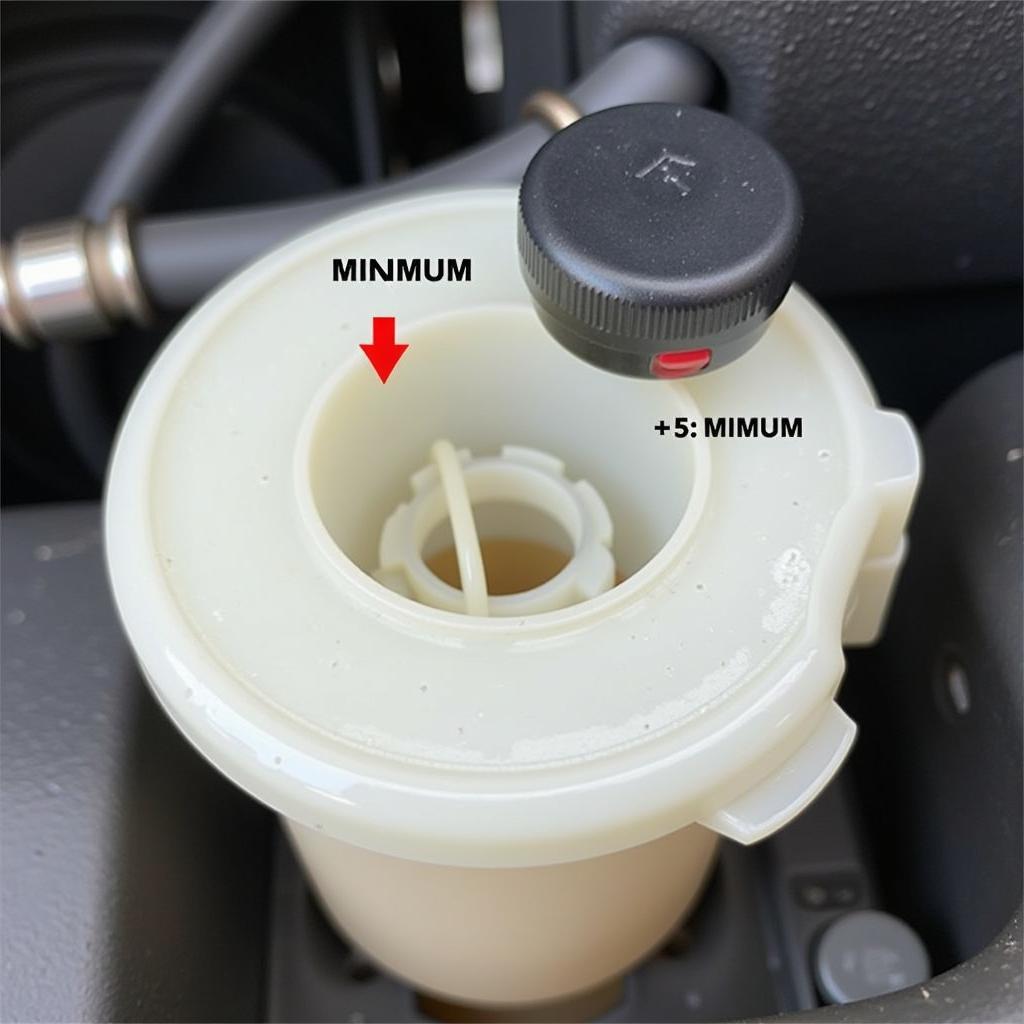A malfunctioning key fob can be a major inconvenience for 2016 Honda owners. Whether your key fob is completely unresponsive or experiencing intermittent issues, understanding the potential causes and available solutions can save you time and frustration. This comprehensive guide will delve into common problems associated with 2016 Honda key fobs, providing you with practical troubleshooting steps and expert advice on how to get your key fob working smoothly again.
Common 2016 Honda Key Fob Issues
2016 Honda key fobs are generally reliable, but like any electronic device, they can encounter issues over time. Recognizing the symptoms of a problematic key fob is crucial for effective troubleshooting. Here are some common problems you might experience:
- Key fob not unlocking or locking doors: This is often the first sign of a problem, indicating a potential issue with the key fob’s battery, signal transmission, or the vehicle’s receiver.
- Intermittent key fob functionality: Experiencing inconsistent responses, such as the fob working only at close range or requiring multiple button presses, can be frustrating and point towards a weakening battery or signal interference.
- Key fob buttons not working: If specific buttons on your key fob become unresponsive, it could indicate damage to the button contacts or internal circuitry.
- Keyless entry system malfunction: Issues with the vehicle’s keyless entry system itself, such as a faulty receiver module, can also mimic key fob problems and require specialized diagnosis.
Troubleshooting Your 2016 Honda Key Fob
Before assuming the worst, there are several troubleshooting steps you can take to resolve common key fob issues:
1. Check and Replace the Battery:
Weak batteries are the most frequent culprit behind key fob malfunctions.
- Locate the battery compartment: Consult your owner’s manual to find the battery compartment, which is typically on the back or side of the fob.
- Identify the battery type: Note the battery type required, usually a CR2032 or CR1616 lithium battery.
- Replace with a fresh battery: Carefully install a new battery, ensuring correct polarity. Avoid using generic or expired batteries.
2. Resynchronize the Key Fob:
Sometimes, the connection between your key fob and the vehicle’s system might need to be reset. This process can vary slightly between Honda models, so refer to your owner’s manual for the exact procedure.
- Locate the key fob programming instructions: Your owner’s manual will outline the specific steps for your model.
- Enter programming mode: This usually involves a combination of key turns, button presses, or using dedicated buttons within the vehicle.
- Follow the synchronization steps: The manual will guide you through the process of re-pairing the key fob with the car.
3. Inspect for Physical Damage or Water Exposure:
Physical damage or water ingress can impact your key fob’s functionality.
- Check for cracks or loose buttons: Carefully examine the key fob for any visible signs of damage that might affect its operation.
- Inspect for water damage: Look for signs of moisture or corrosion, particularly around the battery compartment. If you suspect water damage, allow the key fob to dry thoroughly before attempting to use it again.
“Even minor cracks can compromise the key fob’s circuitry, so it’s best to address any physical damage promptly,” advises John Miller, a senior automotive electrician at Miller’s Auto Tech.
When to Seek Professional Help
If basic troubleshooting doesn’t resolve the issue, it’s advisable to seek professional assistance from a qualified automotive electrician or dealership.
Signs you need professional help:
- The key fob remains non-responsive after trying the above steps.
- You suspect a problem with the vehicle’s keyless entry system receiver.
- You require a new key fob to be programmed to your vehicle.
Preventing Future Key Fob Problems
Taking a few precautions can help you avoid future key fob troubles:
- Regular battery replacement: Replace the battery every 1-2 years, or sooner if you notice signs of weakening.
- Protect your key fob: Use a protective case to shield it from impacts, scratches, and moisture.
- Avoid extreme temperatures: Prolonged exposure to very hot or cold temperatures can shorten battery life.
- Keep your key fob away from strong electromagnetic fields: Devices like microwaves and some medical equipment can interfere with key fob signals.
Conclusion
A malfunctioning 2016 Honda key fob can be a nuisance, but understanding the potential causes and solutions can save you time and money. By following these troubleshooting tips and taking preventive measures, you can ensure that your key fob continues to provide you with convenient and reliable access to your vehicle.
FAQs
1. How long do 2016 Honda key fob batteries last?
The battery life of a 2016 Honda key fob typically ranges from 1 to 2 years, depending on usage and environmental factors.
2. Can I program a new key fob myself?
While some Honda models allow for DIY key fob programming, others require specialized equipment and expertise. Consult your owner’s manual or contact a dealership for guidance.
3. How much does it cost to replace a 2016 Honda key fob?
The cost of replacing a 2016 Honda key fob can vary depending on the model, whether it’s purchased from a dealership or an aftermarket supplier, and if programming is required. Expect to pay anywhere from $50 to $300 or more.
4. What should I do if I lose my only 2016 Honda key fob?
Contact a Honda dealership immediately. They can provide you with a replacement key fob and program it to your vehicle. Be prepared to provide proof of ownership and identification.
5. Can a dead key fob battery drain my car battery?
No, a dead key fob battery will not drain your car battery. They are separate systems.

